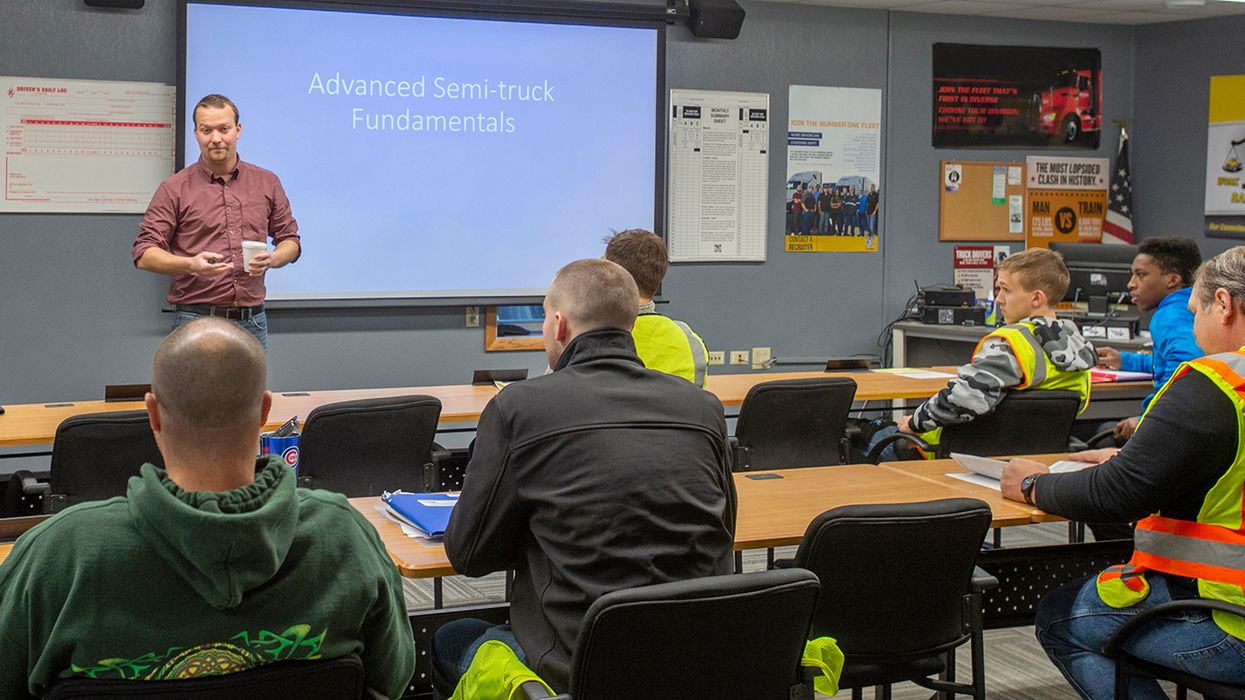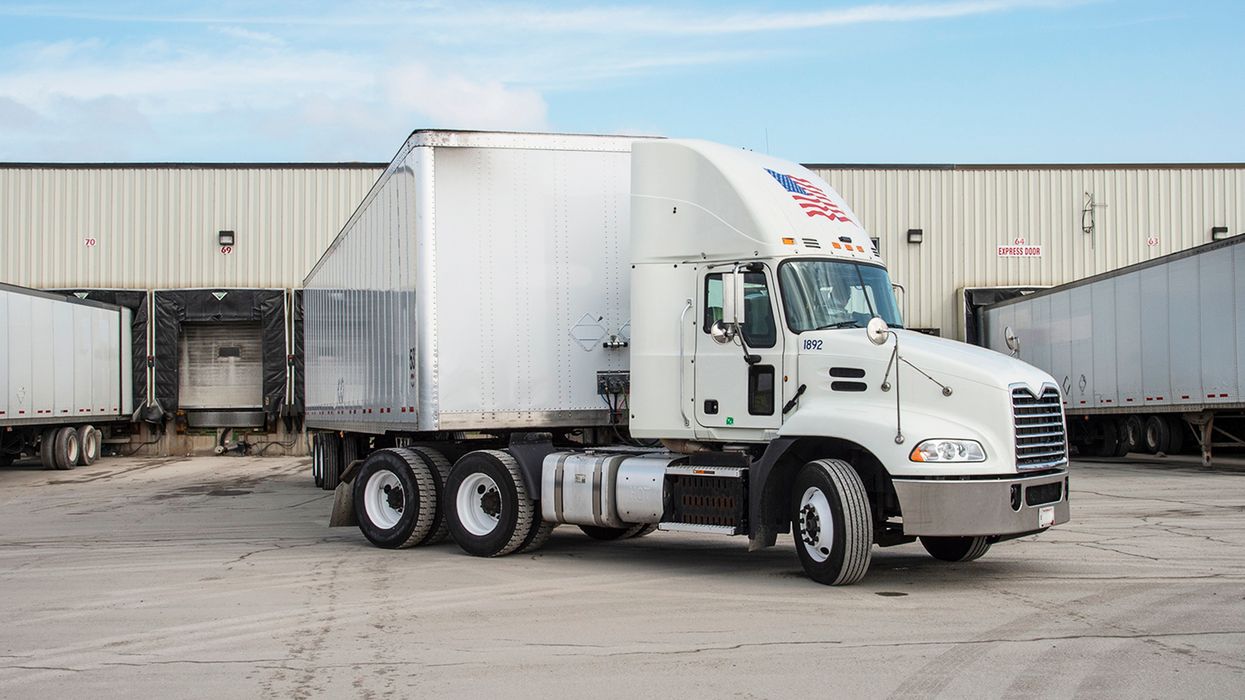Addressing stress and mental health in the workplace
Building a sustainable safety culture requires focusing on many areas, but one commonly overlooked is the need to acknowledge stress and promote positive mental health. If workers are distracted and do not focus on the job, safety will suffer.
As an employer, it’s important to stay committed to your employees by providing them with the knowledge and support to reduce the threat that stress and poor mental health can bring.
The problem with poor mental health and stress
Poor mental health and stress can negatively affect an employee/employer relationship due to:
- Less than desirable job performance and productivity
- Lack of engagement with one’s work
- Poor communication with coworkers
- An inability to meet the physical and daily demands of the job
Mental illness such as depression interferes with a person’s ability to complete physical job tasks about 20% of the time and reduces cognitive performance about 35% of the time.
From a safety perspective, the fact that someone’s mental health can affect their physical safety and wellbeing on the job is something to be concerned about. Impaired mental health and stress can lead to an uptick in near-misses, increased incidents, and death!
Ways to avoid job stress at work
Creating a culture of safety and a culture of health go hand in hand. Organizational change plus proper stress management can lead to a healthy workplace.
- Ensure the workload is in line with employees’ capabilities and resources
- Design jobs to provide meaning, stimulation, and opportunities for employees to use their skills
- Clearly define roles and responsibilities
- Give employees opportunities to participate in decisions that affect their jobs
- Improve communications about career development
- Provide opportunities for social interaction among workers
- Establish work schedules that can ebb and flow with the changing responsibilities outside the job
If you become aware of problems or frustrations, listen, and empathize with the employee. Issues that can’t be addressed directly may need to be brought to the attention of leadership.
Scope of the problem
The demands of our workforce today are ever increasing. Employers and employees alike are dealing with a sluggish labor market, an impaired supply chain, and a global pandemic. At home, individuals may be dealing with a down economy, childcare and school disruptions, and environmental and social changes. It’s a lot for any person to manage.
According to the American Psychological Association, nearly 1 in 5 US adults aged 18 or older (18.3% or 44.7 million people) reported a mental illness in 2016. In addition, 71% of adults reported at least one symptom of stress, such as a headache or feeling overwhelmed or anxious. Many people with mental health disorders also need care for other physical health conditions, including heart disease, diabetes, respiratory illness, and disorders that affect muscles, bones, and joints.
Key to remember: Dealing with employees’ mental health and stress may seem outside of your scope as a safety professional. However, by understanding the impact they can have on your safety culture, you can help promote positive change.


















































